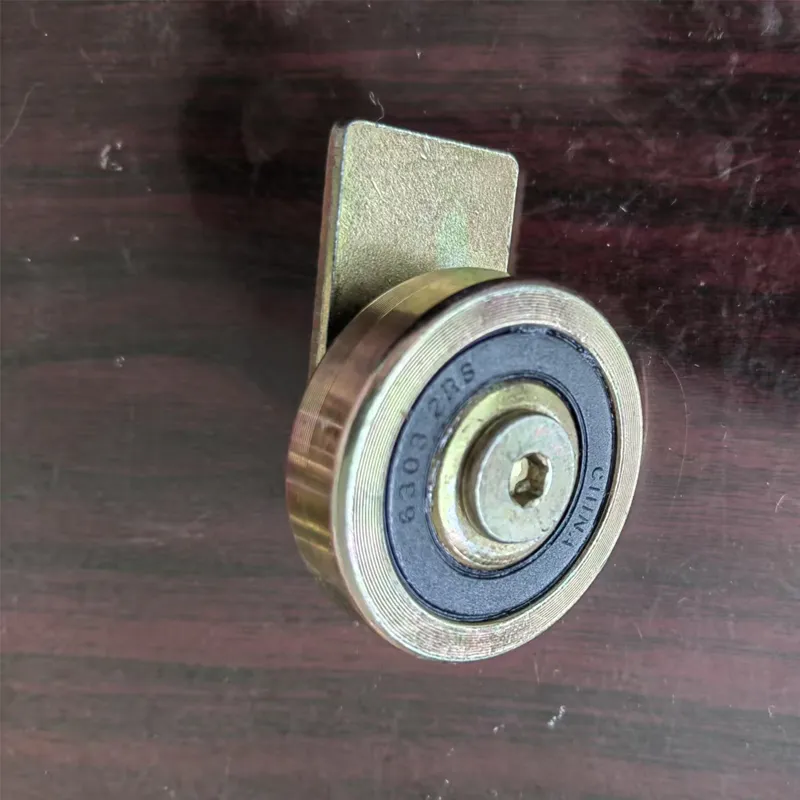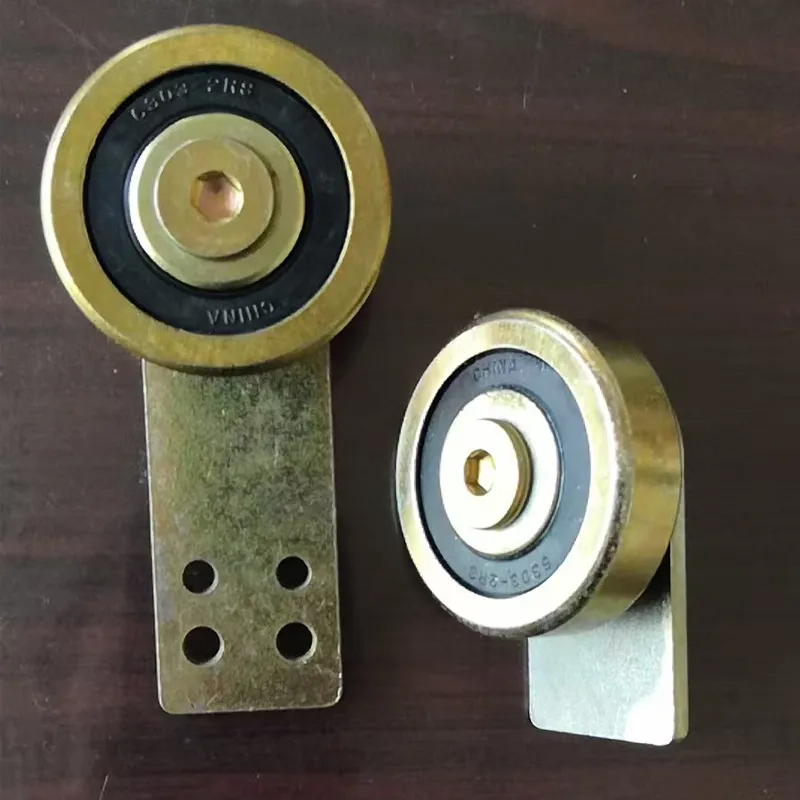
Oct . 25, 2025 12:55 Back to list
Greenhouse Door Roller - Smooth, Rust-Proof, Heavy-Duty
What Buyers Forget (But Pros Don’t): The Greenhouse Door Roller
If you’ve ever fought a sticky greenhouse door in damp weather, you already know why the Greenhouse Door Roller matters. It’s not glamorous. It just works—until it doesn’t. And that’s where spec, testing, and vendor discipline separate the smooth from the squeaky. I’ve walked enough sites—in humid coastal farms and gritty inland tunnels—to see that a small roller can make or break daily workflow.

Industry trend check
Three currents are shaping the market: corrosion-resistant materials (SS304/SS316), sealed bearing units to block grit, and modular tracks that retrofit older houses. Many customers say they’ve shifted from painted steel wheels to nylon-tired, sealed-bearing assemblies for quieter doors—especially near propagation rooms where every clack echoes. Frankly, it’s overdue.
Technical snapshot and specs
From XIHUAN ROAD HEXI TOWN LINXI COUNTY HEBEI PROVINCE CHINA, the Greenhouse Door Roller we’re covering here is built for high-humidity duty and daily cycles. Below is a quick spec set (real-world use may vary):
| Wheel Material | Nylon (PA66) tire with galvanized or SS core; optional full SS304/SS316 |
| Bearing | Deep-groove ball bearing, 2RS seals, ABEC-3 ≈ ISO P6 |
| Dynamic Load Rating | ≈ 800–1200 N per roller (door weight and track condition dependent) |
| Operating Temp | -20 to +80 °C |
| Corrosion Protection | ISO 9227/ASTM B117 salt-spray tested; zinc plated or SS |
| Service Life (lab) | ≥ 100,000 cycles at 150 N side load, clean track; field varies |
| Certifications | Factory ISO 9001; RoHS material compliance |

Process flow (how it’s actually built)
Materials: GCr15 bearing steel races, SS304/316 options, PA66 nylon tires, zinc-plated brackets. Methods: CNC raceways, automated ball fill, 2RS seal press, wheel overmolding, bracket stamping, and phosphating or passivation. Testing: radial load run-in, seal drag torque, salt spray (≥ 240 h zinc; ≥ 480 h SS), dimensional checks per ISO bearing tolerances. Result: a Greenhouse Door Roller that isn’t fussy about weather—or at least less fussy than most.
Where it’s used (and why)
- Commercial greenhouses and polytunnels (sliding entry doors, partition doors)
- Hydroponic facilities with constant mist—noise reduction is a plus
- Coastal farms needing SS316 to fight chloride attack
- Education/community gardens that prefer low-maintenance hardware
Feedback? Operators say the sealed units keep grit out longer, and the nylon tire softens that early-morning rattle. I guess the only gripe I hear is: don’t cheap out on tracks.

Customization options
Track diameter/profile matching, wheel diameter (40–60 mm typical), SS304 vs SS316, bracket hole patterns, grease type (food-safe options), and mixed-material sets for cost/corrosion balance. Lead times are usually reasonable; stainless can take a bit longer—no surprise there.
Vendor comparison (field-notes style)
| Vendor | Corrosion Performance | Bearing Sealing | Real-World Notes |
|---|---|---|---|
| ARY Bearing (this Greenhouse Door Roller) | ISO 9227/ASTM B117 ≥ 240–480 h | 2RS seals, consistent | Quiet nylon tire; good bracket finish |
| Local distributor (mixed OEM) | ≈ 96–240 h (varies) | 1–2RS, inconsistent | Easy purchase, variable lot quality |
| Generic import (budget) | Open/1RS | Noisy early wear; watch loads |
Case studies (quick hits)
Oregon berry grower: swapped 32 partition doors to Greenhouse Door Roller sets; reported 30–40% faster morning open/close and fewer derailments after storms. Almería tomato greenhouse: moved to SS316 cores to beat saline air; post-season inspection showed minimal pitting; operators liked the quieter roll (their words, not mine).
Test data and standards that actually matter
- Salt spray: zinc-plated assemblies ≥ 240 h; stainless ≥ 480 h (ISO 9227/ASTM B117)
- Life estimation aligned with ISO 281 methodology; field life depends on track cleanliness
- Coating thickness checked ≈ ISO 1461 guidance for galvanized parts
Author’s note: keep tracks clean and plumb. It sounds boring, but it’s the difference between a five-year breeze and a two-season headache.
References
- ISO 9227: Corrosion tests in artificial atmospheres — Salt spray tests.
- ASTM B117: Standard Practice for Operating Salt Spray (Fog) Apparatus.
- ISO 281: Rolling bearings — Dynamic load ratings and rating life.
- ISO 1461: Hot dip galvanized coatings on fabricated iron and steel articles.
- ISO 9001: Quality management systems — Requirements.
Latest news
-
Ball Bearing 6001 – Reliable Deep Groove Bearings for Machinery & Industry
NewsNov.24,2025
-
Comprehensive Guide to 6305 2rsr Bearings – Specs, Uses & Vendors
NewsNov.24,2025
-
In-Depth Guide to 6003z Bearing Dimensions: Specs, Applications & Vendors
NewsNov.23,2025
-
Understanding the 6201 Z Bearing - Specifications, Applications, & Future Trends
NewsNov.23,2025
-
Everything You Need to Know About 6001 C3 Bearing – Specs, Uses, and Advantages
NewsNov.22,2025
-
6208 zz Bearing – Key Technical Insights, Applications & Vendor Comparison
NewsNov.22,2025
